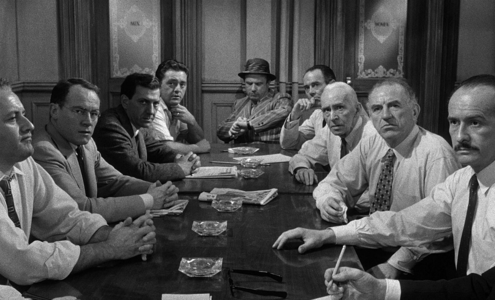Successful business leaders face a common challenge. They must make smart decisions in an uncertain world. Strategic analysis frameworks serve as a compass. They guide leaders through complex situations. They break big problems into manageable pieces. Different tools reveal different insights. This guide explores six powerful frameworks used by organizations worldwide.
SWOT Analysis
SWOT stands for Strengths, Weaknesses, Opportunities, and Threats. This is the most famous framework. It divides analysis into four categories. Strengths and Weaknesses are internal factors. They include things the company does well or struggles with. Opportunities and Threats are external factors. They include market trends or new competitors.
Using SWOT helps organize thoughts. Leaders create a simple four-box grid. They list items for each category. This provides a snapshot of the current situation. It is simple to understand. However, it does not show how things change over time. It creates lists but does not always prioritize actions.
SOAR Analysis
SOAR stands for Strengths, Opportunities, Aspirations, and Results. This tool takes a positive approach. It focuses on building success rather than fixing problems. It replaces Weaknesses with Aspirations. It replaces Threats with Results.
Aspirations explore what the organization wants to become. Results focus on measurable outcomes. This framework creates energy and enthusiasm. It encourages innovation. It works well for startups or teams needing a morale boost. It helps align diverse groups around a common vision.
VRIO Analysis
VRIO stands for Value, Rarity, Imitability, and Organization. This tool evaluates resources. It determines if a company has a sustainable competitive advantage. Value asks if a resource helps exploit opportunities. Rarity asks if few competitors possess it. Imitability asks if it is hard to copy. Organization asks if the company can use it effectively.
Resources that meet all four criteria create long-term success. These might be complex relationships or unique history. Resources that meet some criteria might provide only temporary advantage. This framework helps decide where to invest.
SCORE Analysis
SCORE stands for Strengths, Challenges, Options, Responses, and Effectiveness. This framework emphasizes action. It moves beyond planning. Challenges replace weaknesses. This frames problems as obstacles to solve. Options identify possible courses of action. Responses select specific steps to take. Effectiveness measures success.
SCORE prevents "paralysis by analysis." It forces organizations to implement solutions. It works well in fast-changing environments. It provides concrete evidence of progress for stakeholders.
PESTLE Analysis
PESTLE stands for Political, Economic, Social, Technological, Legal, and Environmental factors. This tool analyzes the outside world. Political factors include laws and trade. Economic factors include inflation and growth. Social factors include cultural trends. Technological factors include innovation. Legal factors include regulations. Environmental factors include climate change.
This framework identifies broad trends. It spots early warning signals. It helps with long-term planning. It works best when updated regularly. External conditions change constantly. Companies must adapt to stay relevant.
Porter's Five Forces
Michael Porter developed this framework to analyze industry intensity. It examines five forces. First is the threat of new entrants. High barriers protect existing companies. Second is supplier power. Powerful suppliers can raise costs. Third is buyer power. Powerful customers can demand lower prices. Fourth is the threat of substitutes. Alternative products limit growth. Fifth is competitive rivalry. Intense competition reduces profits.
Industries with weak forces are profitable. Industries with strong forces are difficult. Understanding these dynamics helps identify opportunities. Companies can position themselves to reduce competitive pressure.
Choosing the Right Tool
Different situations require different tools. SWOT works for general planning. SOAR works for innovation. VRIO works for resource allocation. SCORE works for rapid action. PESTLE works for long-term scanning. Porter's Five Forces works for industry analysis.
Using multiple frameworks often provides the best results. A company might start with PESTLE to see the big picture. Then it might use Five Forces to check the industry. Next, VRIO could check internal resources. Finally, SCORE could develop an action plan.
Strategic analysis requires practice. Frameworks are tools, not answers. They support thinking but do not replace judgment. Curiosity and critical thinking remain essential. Successful leaders use these tools to navigate uncertainty. They use them to identify opportunities. They use them to build sustainable success.

